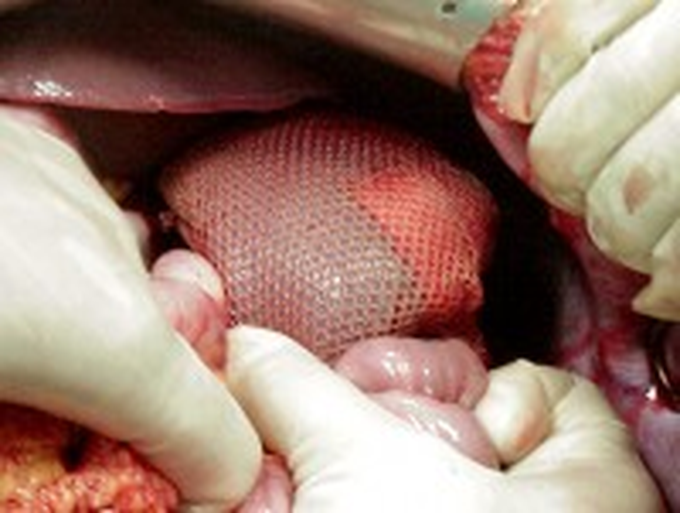


SplenorrhaphySuturing the spleen and non-removal:• Performed approximately 6% of the time (anything new in adult splenic ruptures) • Grade 3 spleen injury - mesh splenorrhaphy
Physical Therapy Management (current best evidence) Physical therapist must be able to recognize the signs and symptoms of spleen rupture. In sports, splenic rupture is the most common cause of death due to abdominal trauma, it is vital that clinicians perform a through exam of the patient.[23] Palpation: The spleen is located in the left upper quadrant and covered by the 9th - 11th ribs. Clinicians should check this area for pain and tenderness. Abdominal palpation should also be performed in the hook-lying position checking for tenderness, distension, guarding, and rebound tenderness. "To palpate the spleen, lift the left flank with your non-dominant hand; keeping your other hand flat, depress the palpating digits just below and anterior to the 11th and 12 ribs and ask the patient to take a deep breath. A normal healthy spleen should not be palpable." [23] Patient Education: Most splenic ruptures can be rapidly progressing, while others can delay hemmorrhage for hours, days, or even weeks after injury, until a suffient enough force causes rupture. It is vital that we education patients about the signs and symptoms so they can seek medical care immediately. Post-operation: encourage ROM, ambulation, and coughing techniques (splinted coughing). Most traumatic splenic ruptures will not be seen in physical therapy.

